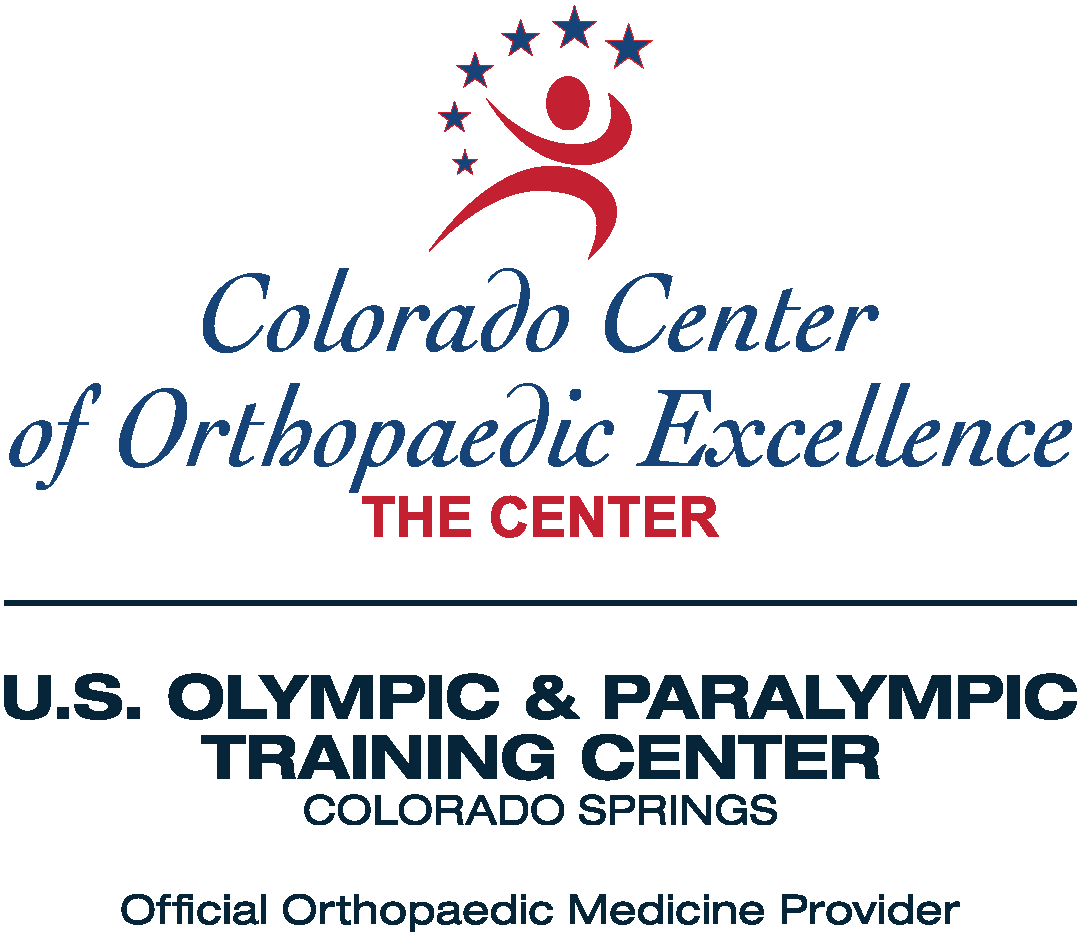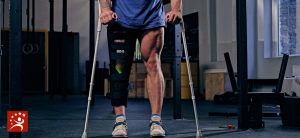ACL injuries account for 40% of all sports injuries.1 According to a study by researchers at the Hospital for Special Surgery (HSS), there has been an epidemic of ACL damage among young athletes – with many of these patients requiring subsequent surgeries later in life.2 So, why is the Anterior Cruciate Ligament so susceptible to damage?
Located at the center of our knees, this ligament – or band of tough, elastic connective tissue, holds great responsibility. It offers stability to the joint – especially when subjected to high-intensity activities that require weaving, pivoting, or kicking.3 Athletes that experience a harsh collision or awkward landing, may lose their full range of movement and experience pain, swelling, and instability.4 If your ACL discomfort isn’t responding to the RICE method of rest, icing, compression, and elevation, or activity limitations – or you simply can’t afford much more time on the sidelines, you may be a candidate for knee reconstruction.
Because patients with a torn ACL are at risk for secondary complications in the future, the American Academy of Orthopaedic Surgeons recommends ACL reconstruction.4 Executed by a physician who specializes in surgical procedures of the bones and joints – an orthopedic surgeon, reconstruction surgeries are suggested for those who are young and active, plan on continuing high-impact sports, or have multiple damaged ligaments.5
A torn ACL shouldn’t be sewn back together but rather grafted by harvesting tendons from another area of the leg, and then fusing this new tissue to it.1 Your surgeon will either collect tissue from your own body (autograft), or a donor (allograft), and it can be sourced from a variety of areas. The strips are typically “borrowed” from the hamstring tendons, or the patellar tendon – which runs from the bottom of the kneecap to the top of the shin6; the latter is considered the “Gold Standard” for ACL repair.
Consider the pros and cons of any surgery before going under the knife. Patellar Autografts have the lowest rate of failure, but a greater incidence of post-op stiffness and pain behind the kneecap. According to a study published by the National Institutes of Health, hamstring tendon grafts offer lower cost and higher reliability.8 Additionally, HT grafts allow for smaller incisions and faster recovery.4
Your physician will examine your knee to select the best course of treatment for your condition. Be patient, as some doctors recommend bracing the knee so it can heal a little prior to the procedure.
Arthroscopy is a minimally invasive procedure that allows your surgeon to get a better view of the damaged knee using a small incision – and even smaller arthroscope, or camera. Through this process, they access the damage to the ligaments and tissues of the knee.7
The torn ligament will be removed, and the graft will be cut to the right size and inserted in its place. If your surgeon suggests a four-stranded (quadruple) hamstring graft, they will bundle several tendons and muscles, together. This often results in extra stability for the knee. Holes will be drilled in the tibia (the leg bone) and the femur (the thigh bone) to place the graft. Sutures will attach the graft into place, while screws will be required to keep bone plugs secure. A tube may be placed to remove any excess fluids that build up following the surgery.9 It will take approximately six weeks for the graft to completely fuse with the bone.
Today, most ACL reconstruction is completed on an out-patient basis, which means you may be at home the very same day. Neuromuscular training and physical therapy will be a vital aspect of regaining strength and motion post-operation. Some doctors may recommend the use of a CPM – or continuous passive motion machine; this device mimics a cycling movement, to improve circulation and decrease inflammation while you rest.10 A full return to athletics will take at least 4 to 6 months, with high-intensity sports taking as long as 1 year.
One of the most important factors with any surgery is doing due diligence. You’ll want to choose a board-certified orthopedic surgeon with extensive experience with injuries of the knee. Dedicated to providing personalized and comprehensive care, the Colorado Center for Orthopaedic Excellence offers a full range of orthopedic services – from surgery to athletic training, and is a great resource for you on your road to recovery. For more information about ACL reconstruction, call 719-623-1050.
1Nhs.uk/conditions/knee-ligament-surgery/
2Sciencedaily.com/releases/2015/05/150501103455.htm
3Physio-pedia.com/Anterior_Cruciate_Ligament_(ACL)_Reconstruction
4Orthoinfo.aaos.org/en/treatment/acl-injury-does-it-require-surgery/
5Mayoclinic.org/tests-procedures/acl-reconstruction/about/pac-20384598
6Nhs.uk/conditions/knee-ligament-surgery/what-happens/
7Medlineplus.gov/ency/article/007208.htm
8Ncbi.nlm.nih.gov/pmc/articles/PMC4295687/
9Houstonmethodist.org/orthopedics/where-does-it-hurt/knee/patellar-reconstruction-acl/
10Mykneeguide.com/the-hospital/cpm-machine









